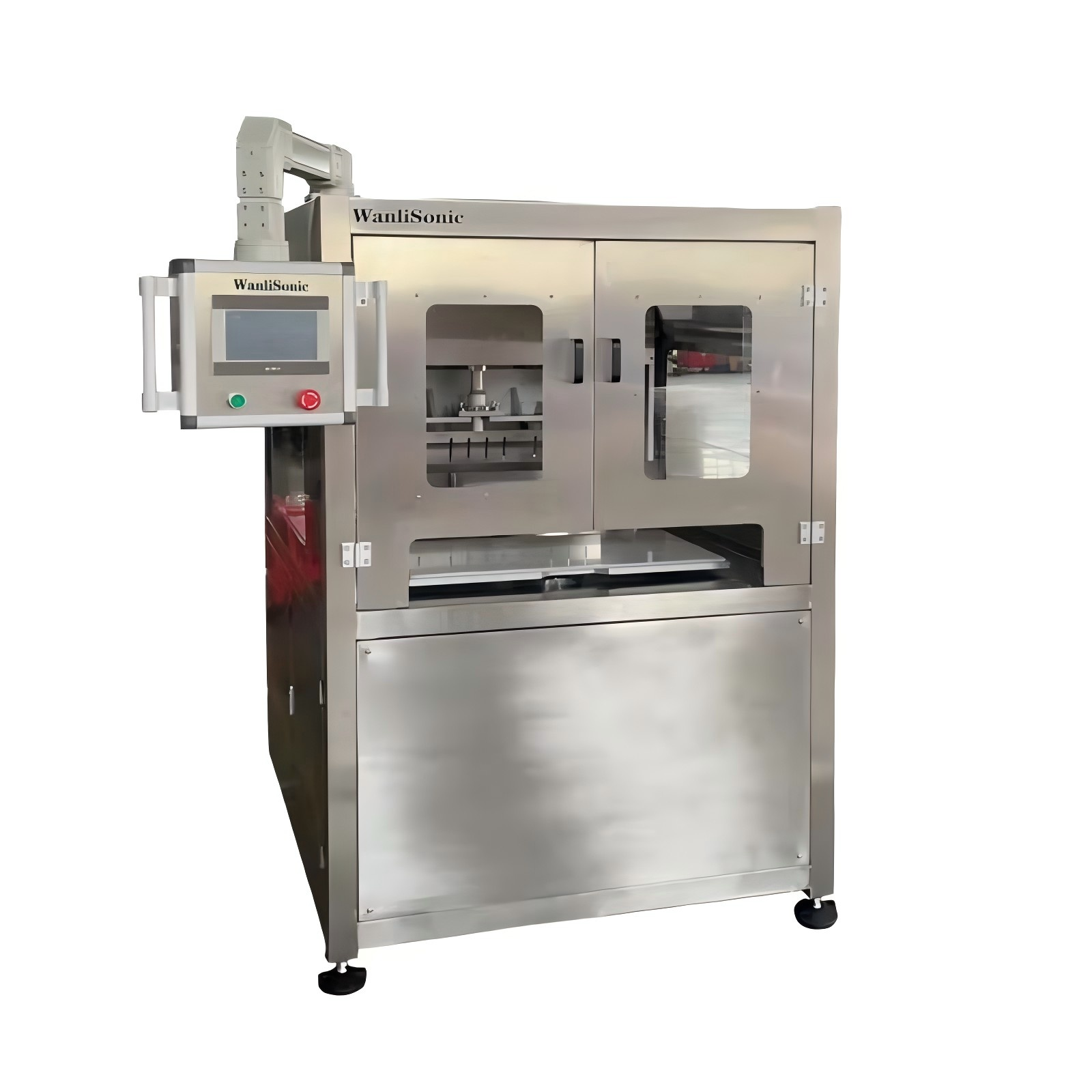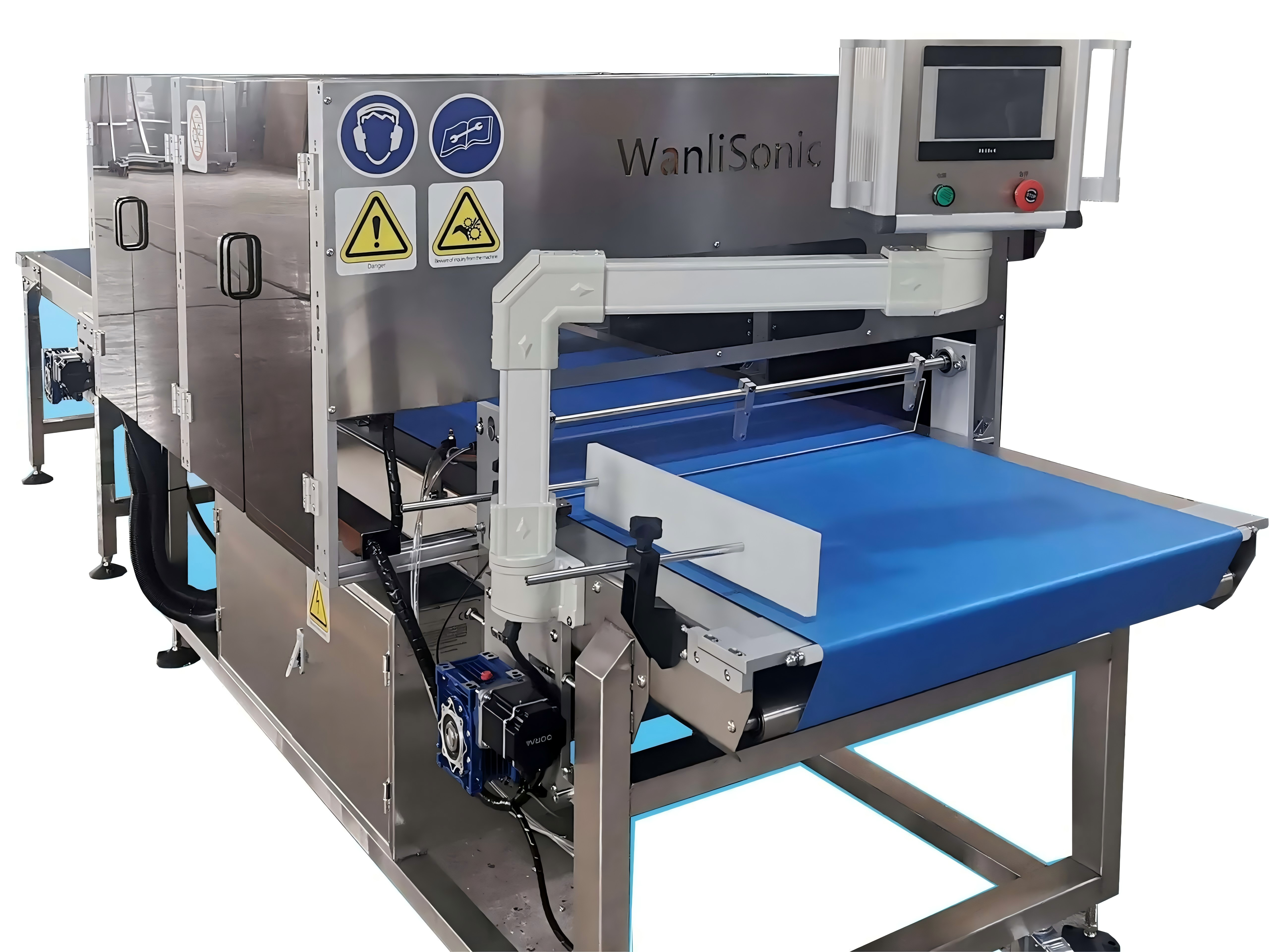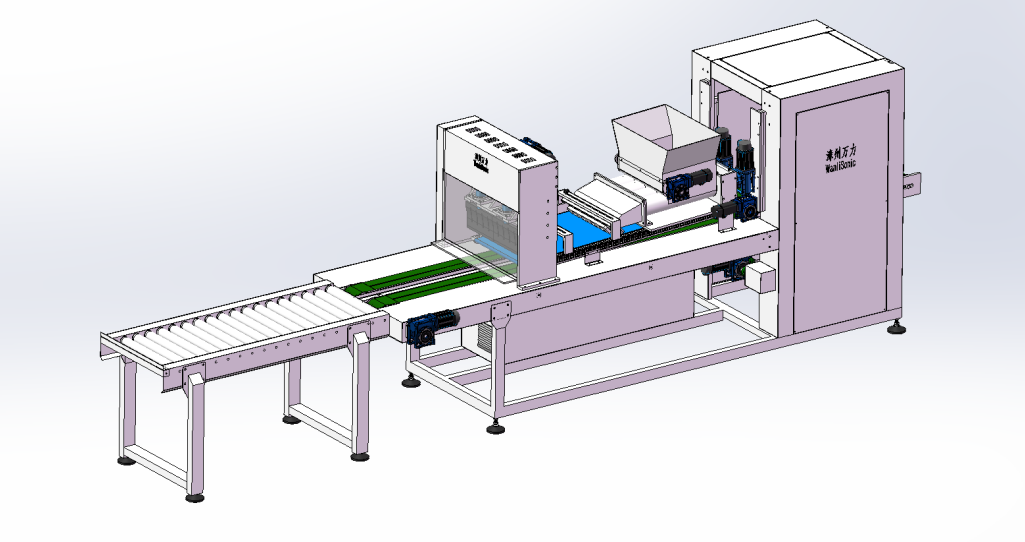How does the Ultrasonic Cake Cutter achieve quick and precise positioning of products? The answer is: servo control. So, what is servo control?
Servo control, that is, human activities that control the generated motion and the motion of objects to meet a certain purpose. The so-called servo control refers to the effective control of the changes in the position, speed and acceleration of the object movement. This kind of control has been popularized in various fields. Servo control system refers to a feedback control system used to accurately follow or reproduce a process.
1. The servo system can be roughly divided into the following items:
- Command part: output device of action command signal
- Drive part: a device that receives the output of the command part and drives the action of an actuator (such as a motor)
- Feedback part: a device to detect the execution structure or load status
- Actuator: Receive the output signal of the driving part to generate torque, position and other states
2. The internal structure of the servo:
3. Control method
Generally, the servo has three control modes: speed control mode, torque control mode, and position control mode.
4. Comparison of three control methods:
- If there is no requirement on the speed and position of the motor, as long as a constant torque is output, the torque mode is of course used.
- If there is a certain accuracy requirement for position and speed, but not very concerned about real-time torque, it is not convenient to use torque mode, it is better to use speed or position mode. If the host controller has a better closed-loop control function, the speed control effect will be better. If the requirement is not very high, or there is basically no real-time requirement, there is no high requirement for the host controller in the position control mode.
- From the perspective of the response speed of the servo drive, the torque mode calculation amount is the smallest, and the drive response to the control signal is the fastest; the position mode calculation amount is the largest, and the drive response to the control signal is the slowest.
- When there are relatively high requirements for the dynamic performance in motion, the motor needs to be adjusted in real time. Then if the operation speed of the controller itself is very slow (such as PLC, or low-end motion controller), then use the position mode to control. If the operation speed of the controller is relatively fast, you can use the speed mode to move the position loop from the drive to the controller to reduce the workload of the drive and improve efficiency (such as most mid-to-high-end motion controllers); if there is better upper control The controller can also be controlled by torque mode, and the speed loop is also removed from the drive. This is generally only done by high-end special controllers, and at this time, no servo motor is required at all.



